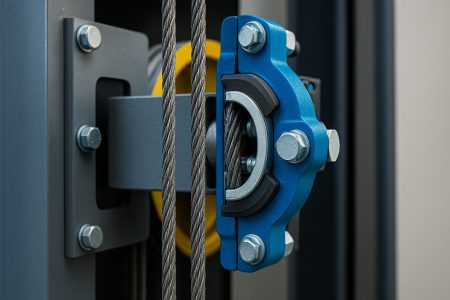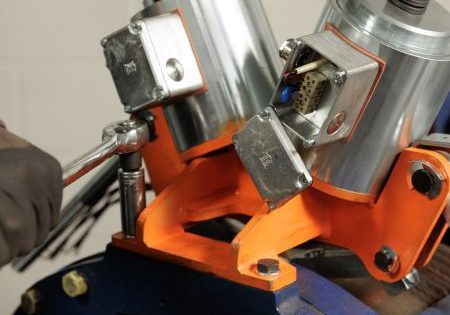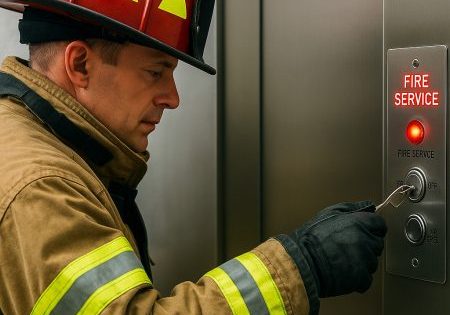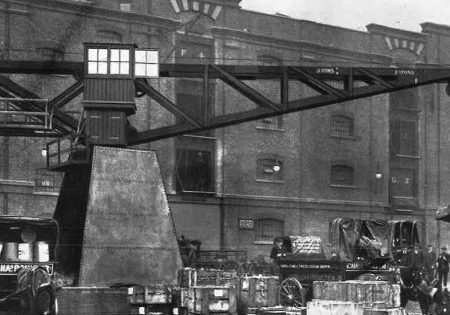Advancing elevator safety through secondary rope brakes
by Andy Crowe
The evolution of elevator safety has been marked by a continuous pursuit of innovation, driven by both technological advancements and a steadfast commitment to public welfare. Among the most significant developments in recent years is the integration of secondary rope brakes into elevator systems. These devices serve as a critical safeguard against brake failure and unintended car movement, reinforcing the industry’s dedication to exceeding baseline safety standards.
Historical Foundations and Technological Progress
The inception of elevator safety can be traced to Elisha Graves Otis’ pioneering safety brake in 1852, which fundamentally transformed vertical transportation. This innovation laid the groundwork for the American Society of Mechanical Engineers (ASME) to establish the A17 Safety Code in 1921, formalizing safety protocols across the industry. Over the decades, the code has evolved to incorporate emergency braking systems, overspeed governors and other essential mechanisms.
A pivotal moment occurred in 1987 following a mine elevator incident in Pennsylvania that underscored the need for ascending car overspeed protection. This event catalyzed the development of rope brake systems, initially deployed in mining operations and subsequently adapted for commercial use. These systems have since become instrumental in enhancing elevator safety, particularly in high-density urban environments.
Regulatory Developments and Strategic Implementation
Recent updates to municipal and state building codes reflect a proactive stance on elevator safety. For instance, NYC’s 2014 building code mandates the installation of Unintended Car Movement Protection (UCMP) systems for elevators equipped with single plunger brakes. The compliance deadline of January 1, 2027, underscores the urgency of these upgrades. Similarly, Florida has instituted a deadline of August 1, 2028, for comparable enhancements.
These regulatory measures are not merely procedural; they represent a strategic initiative to mitigate risks associated with legacy elevator systems. Single plunger brakes, prevalent in mid-20th century installations, lack the redundancy of dual plunger systems. Retrofitting these systems can be financially burdensome, making rope brakes a cost-effective and technically sound alternative. By clamping directly onto hoisting ropes, these devices prevent uncontrolled movement, thereby enhancing passenger safety.
Technical Merits of Secondary Rope Brakes
The implementation of secondary rope brakes offers a multitude of safety benefits, including:
- Independent Protection Against Brake Failure: Rope brakes operate autonomously from the primary braking system, providing a vital layer of redundancy.
- Ascending Car Overspeed Mitigation: Unlike traditional safety gears designed for downward motion, rope brakes address upward overspeed scenarios, which may result from mechanical failure or load imbalance.
- UCMP Compliance: Rope brakes are particularly effective incpreventing elevator movement when doors are open, thereby reducing the risk of shear accidents.
- Systemic Redundancy: These devices contribute to a multi-tiered safety architecture, ensuring that no single point of failure compromises operational integrity. Solutions like Draka EHC’s Elevator Rope Brake align with the traditional components of a rope brake, but offer additional features that make it ideal to address both safety concerns and regulatory compliance, such as:
- Electromechanical Design: Brake pads activate through an electromechanical solenoid that triggers a wedge and spring mechanism, ensuring a powerful engagement.
- Durable Aluminum Alloy: Made from aluminum alloy, these brake pads do not require grooving before installation and are designed for an extended lifespan before needing replacement.
- Ease of Installation and Maintenance: Designed for simplicity, allowing mechanics to easily install and maintain the system, ensuring safe and reliable brake performance
- Lightweight Design: The brake pads are lightweight, contributing to overall efficiency.
- Versatile Installation: Can be installed in multiple orientations to adapt to diverse field conditions that mechanics may encounter
- LED Status Indicators: Equipped with LED sensors that show the brake’s ready status and highlight areas that may require troubleshooting, assisting mechanics in efficient maintenance
Addressing Operational Hazards and Promoting Safety Culture
Shear accidents, often caused by brake slippage or door interlock failures, pose significant safety challenges. A 2011 incident in Chongqing, China, tragically illustrated the dangers of these insufficient safety systems. In response, the industry has embraced rope brakes as a reliable solution, particularly electromechanical variants that function independently of the elevator’s primary systems.
The integration of rope brakes into elevator systems exemplifies a holistic approach to safety. When combined with monitoring technologies, releveling functions and passenger guidance systems, these devices form a comprehensive safety framework. This approach aligns with the industry’s broader objective of fostering a culture of safety that transcends regulatory compliance.
Collaborative Engagement with Regulatory Bodies
It is imperative to acknowledge the invaluable contributions of code committees and regulatory agencies in shaping the trajectory of elevator safety. Their rigorous standards and thoughtful deliberations have laid the foundation for continuous improvement. The integration of secondary rope brakes should be regarded not as a critique of existing safety codes, but rather as a complementary advancement, an opportunity to reinforce and extend the foundational excellence established by regulatory standards.
Conclusion
As the elevator industry approaches key compliance deadlines, stakeholders must prioritize the strategic implementation of secondary rope brakes. These devices represent a transformative advancement in safety, offering protection where traditional systems may fall short. By embracing this technology, the industry reaffirms its commitment to public safety, operational reliability and collaborative innovation. Moving beyond the safety code is not merely an aspiration, but a responsibility shared by all who contribute to the safe and efficient movement of people.
Get more of Elevator World. Sign up for our free e-newsletter.










